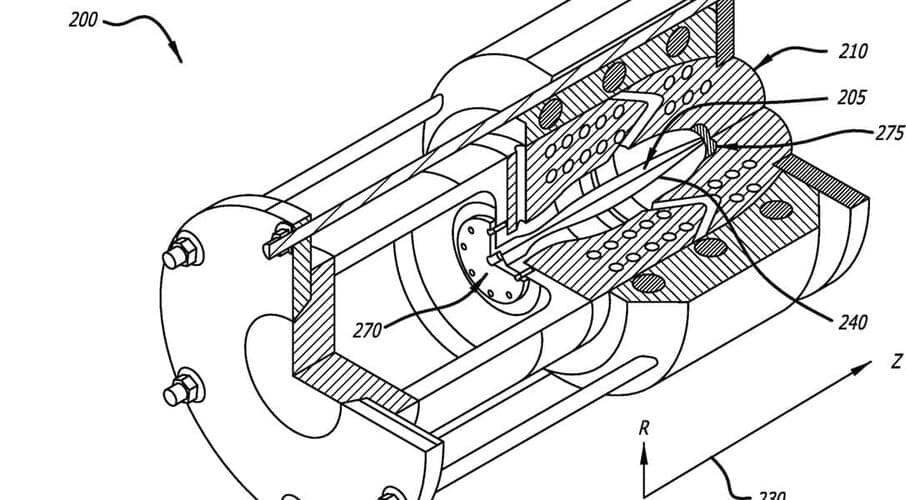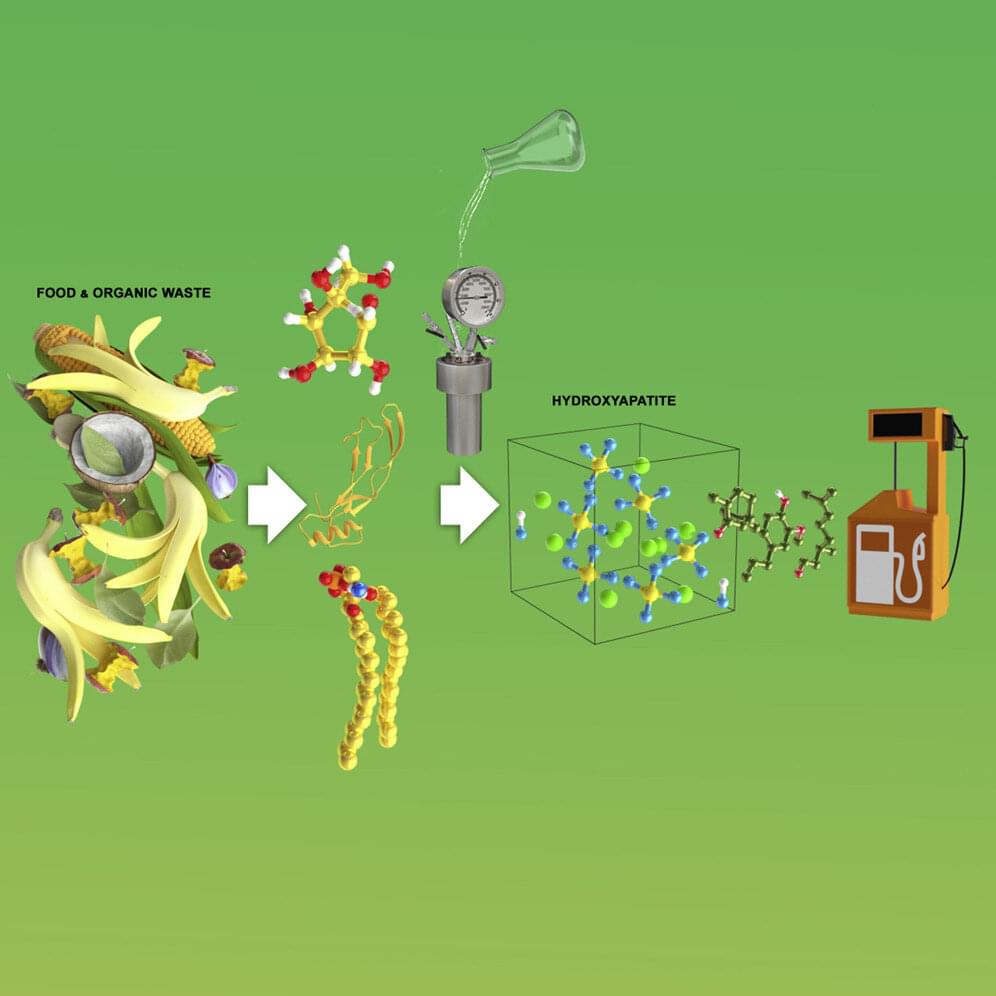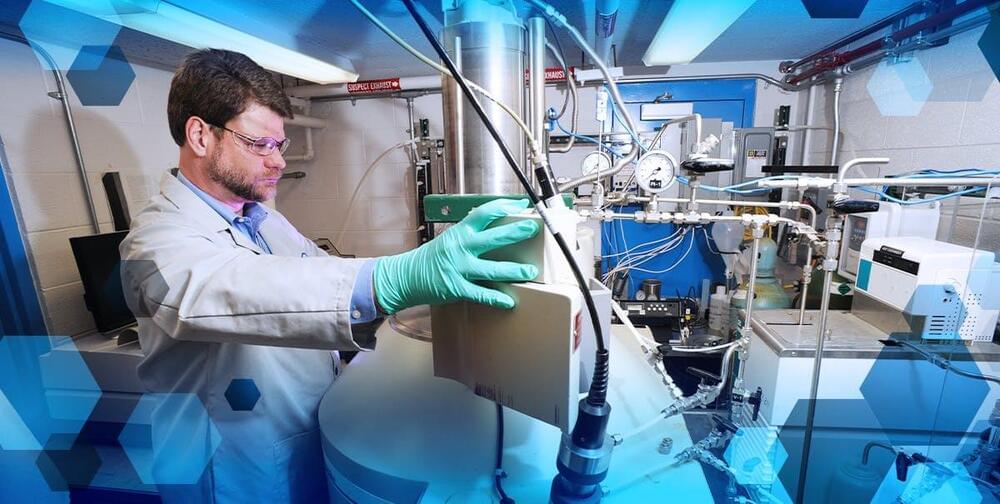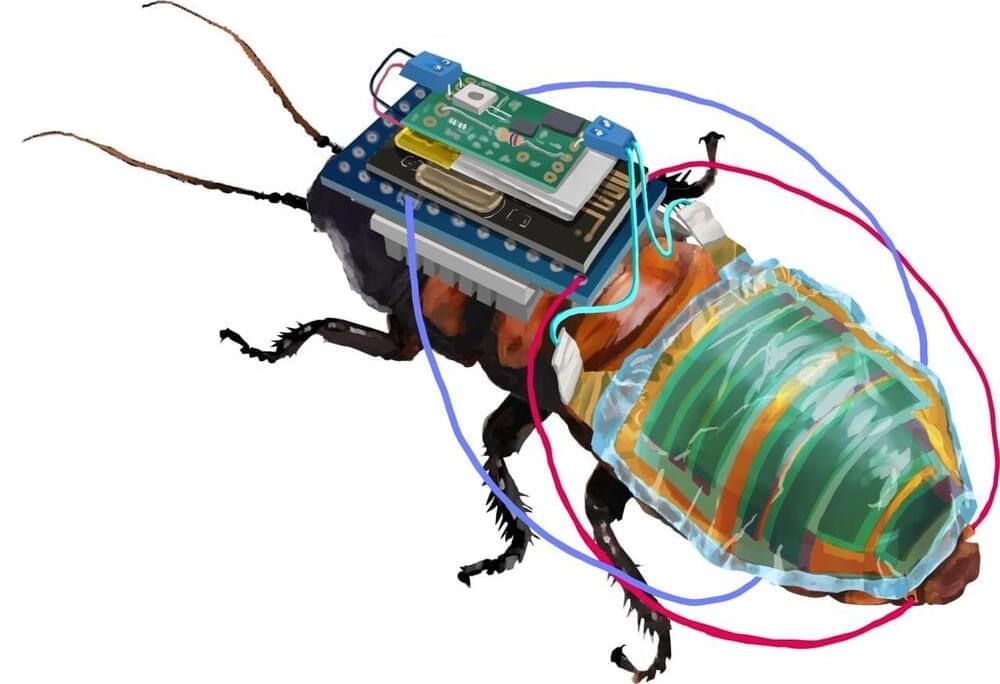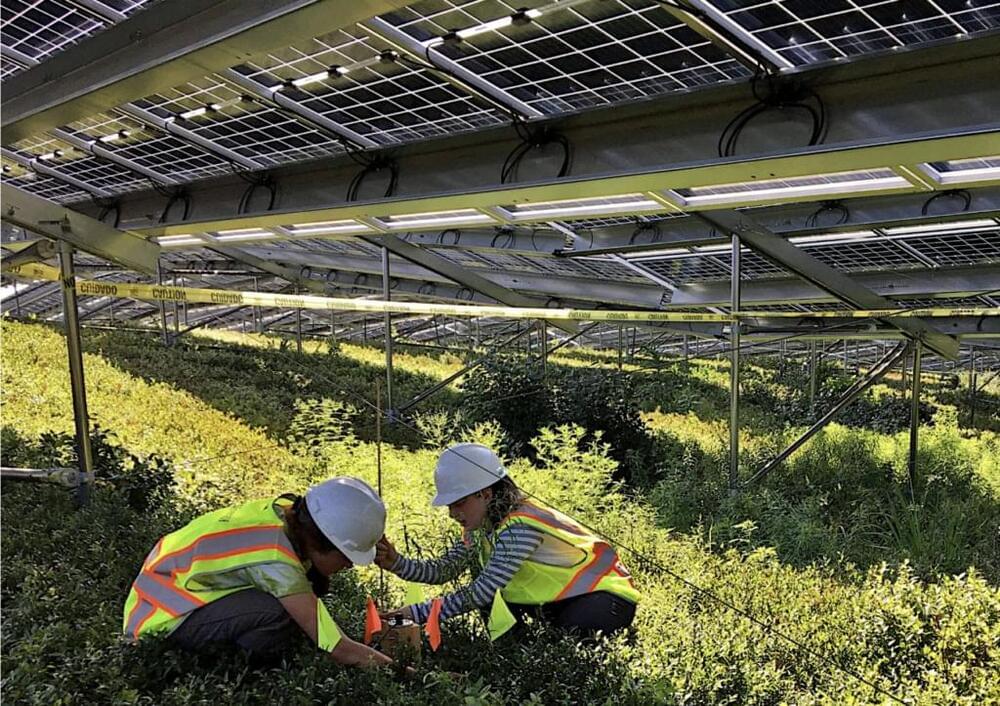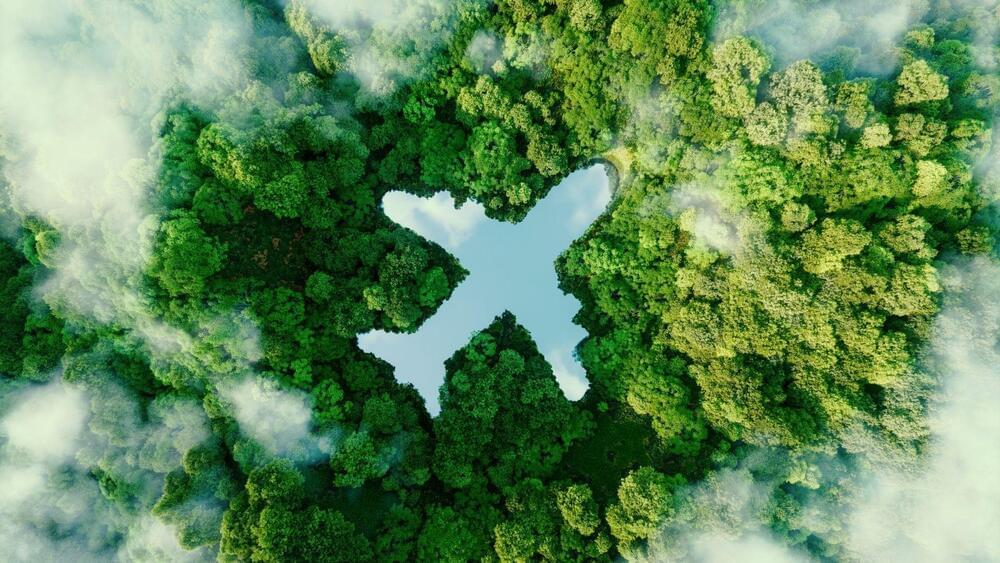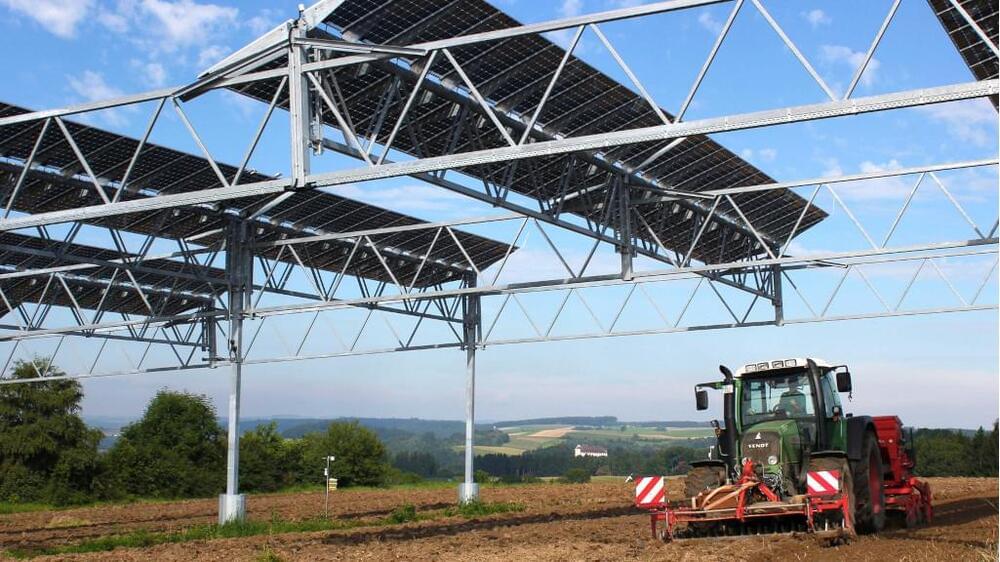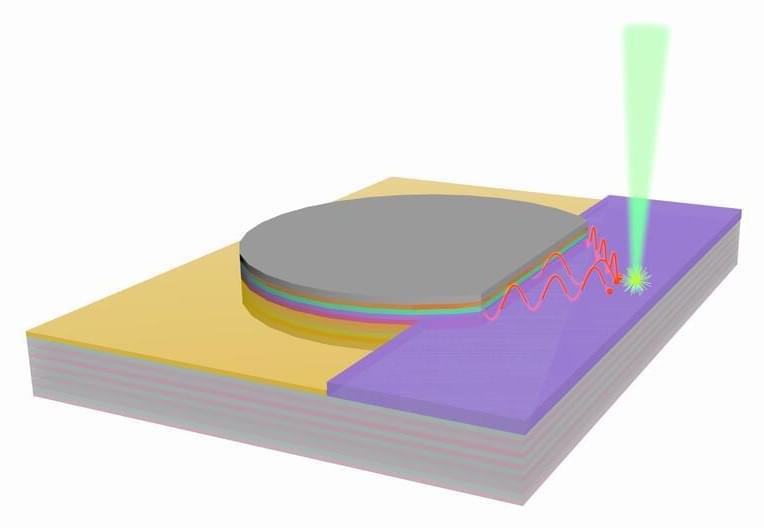Housing the world’s rapidly-growing population will require massive urban expansion and lots of concrete and steel, but these materials have a huge carbon footprint. A shift to building cities out of wood could avoid more than 100 billion tons of CO2 emissions, according to a new study.
Replacing reinforced concrete with timber might sound unwise, but innovations in engineered wood mean it’s now feasible to construct multi-story buildings without traditional materials. So-called “mass timber” is increasingly being used for structural and load-bearing elements in mid-rise developments, which refers to buildings between 4 and 12 stories high.
One of the main selling points of mass timber is that it’s much less carbon-intensive than steel and cement. In theory it’s actually carbon negative, because trees absorb CO2 in the process of producing wood. But question marks have remained over exactly how much more climate-friendly wood-based construction is, and what impact demand for timber could have on the environment.


